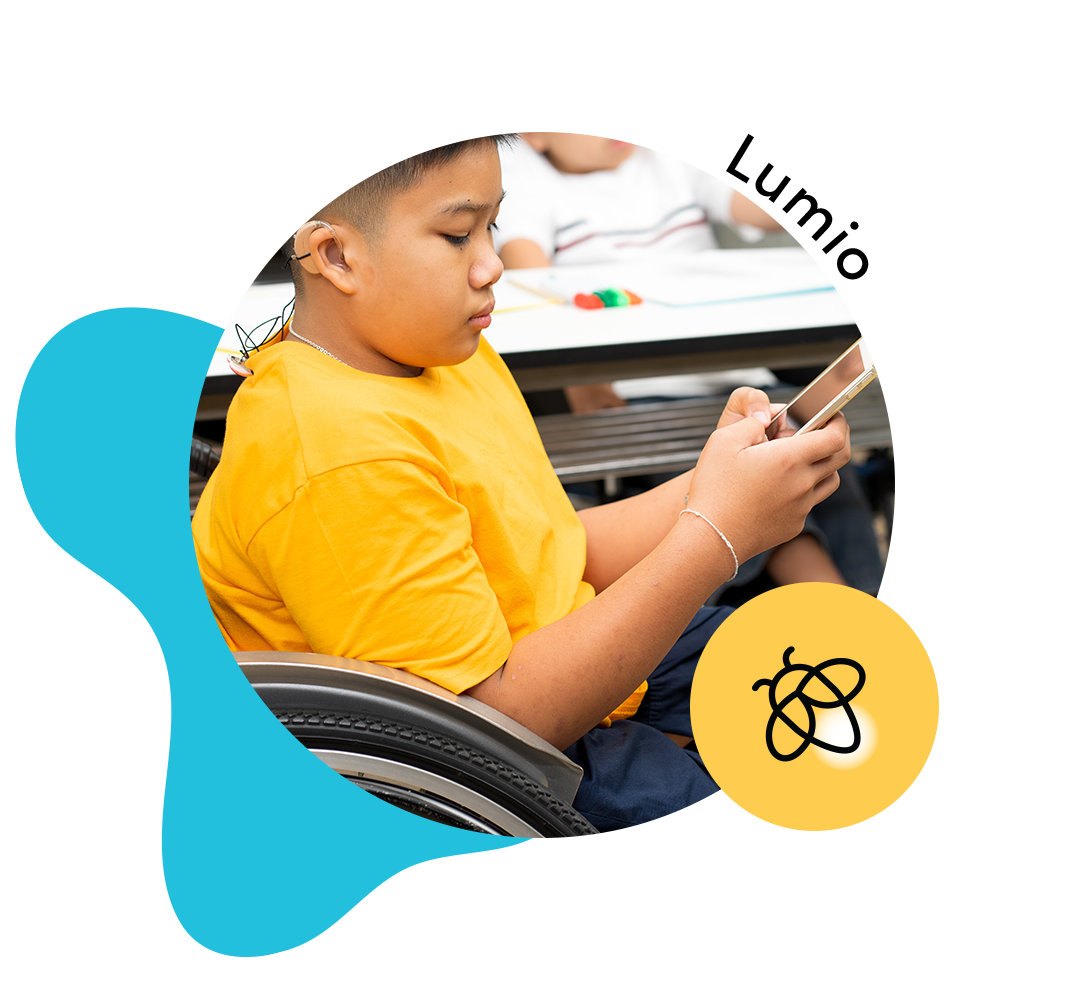Sharpen those pencils! It’s testing season…again! As much as we teachers don’t like it, testing is here to stay. Let’s be real, testing stresses the teacher out just as much as the students! It’s tough to find the right balance when we prepare for high-stakes testing. There is always “one more thing” to teach. Just like cultivating a garden takes nurturing and attention, so does preparing our students for testing. So, it makes sense to equip our students with effective test-taking skills before testing begins to help everyone make it through the testing season.
Start Early
Teachers, students, and the learning environment play key roles in cultivating effective testing skills. Teachers can set the tone by modeling skills and strategies while intentionally bringing a growth mindset within lessons. It’s nearly impossible to have great success in teaching students to have a positive mindset right before a high-stakes test because it takes time, modeling and practice to teach them these skills. It’s important to give students opportunities in the day-to-day interactions in the classroom throughout the year so when high-stakes testing occurs, students view it as a natural part of the learning process.
One way to build a positive mindset throughout the school year is to have your class develop a class mantra for success such as, “We can do this!” or “I’m going to continue doing my best!” Let them decide what they would like. This helps build community and gives students learning power.
Tying learning mindset with learning skills has an impact on students’ performance. Try implementing some of these strategies that can have an immediate impact on student learning:
- Allow students to teach each other. Students love to help each other, and this promotes active learning. It gives time for students to think about their thinking, reinforcing what they’ve learned. Plus, it’s exciting and engaging!
- Use SMART Lab Activities to create meaningful and fun reviews of concepts while building upon Bloom’s Taxonomy. Leveling SMART Lab Activities challenges students to dig deep into critical thinking by analyzing, synthesizing and evaluating. It also allows for quick and easy formative assessments. SMART Lab Activities lets the teacher differentiate for students’ needs so that students may equally participate in the learning.
- Make sure to save time after testing for students to reflect. Students need time to reflect on their learning. Testing can be stressful, so letting students decompress and think about their experience allows them to learn from it, which aligns with a positive learning mindset. Reflection makes things matter more. Asking questions such as what worked? What did not? What can I do differently the next time? helps students identify what they need to do to help themselves in the future.
Setting Up & Perspective
If students are in a classroom where the teacher is continually cultivating year-long opportunities for productive and meaningful learning, students will view it as a natural part of the learning process. Students play a significant role in cultivating effective testing skills. We want them to understand that testing is a snapshot of their learning and not an “end all be all” approach. Yet students still need to prepare for testing. They need to be active in the process.
Knowing specific testing strategies according to their age is important. Most high-stakes tests such as state testing have practice tests. Bridging specific skills and strategies helps alleviate test anxiety. Getting a practice test early in the year and targeting common key vocabulary and using them in context will help students be successful. There are many lists (depending on the grade level) of common key vocabulary. Try creating SMART Lab Activities such as Super Sort, Fill in the Blank, or Match’Em Up to practice the key vocabulary.
Testing Has Evolved
Way back when, testing used to be a basic multiple choice or true/false format, but now testing has intensified. No longer is it a simple one-part question. Tests now include multiple parts to a question. The questions themselves can throw students off. Students need to be reminded that they have the learning skills in place to know what they read. The only difference is that they need to know how to deconstruct a test question that is being asked.
Here are some starting points for students to deconstruct a question:
- Read the question and write it in your own words.
- Know the type of question that is being asked: Multiple choice, extended response, constructed response, performance task, problem solving, etc.
- Focus on common key vocabulary to help reinforce what the question is asking such as analyze, compare and contrast, define, evaluate, defend, etc.
- Answer the question and ALL its parts. Break the question into chunks or smaller parts. Analyze each part.
Keep Calm and Test On
Finally, having a stress-free environment is a goal for both the teacher and student before, during and after testing. Preparing for testing does not have to be stressful. When it’s time for high-stakes tests, the stress-free environment should be transparent. Students should feel comfortable with the process and the steps for success. Testing should not be a BIG event, it should be a learning opportunity just like so many they have encountered throughout the year.
Being mindful of feelings and attitudes is part of the learning. Have a plan to take time to discuss openly the test and its emotional and mental impact on students—this will help foster a stress-free environment. Be clear before the test on the expectations that students will have to follow during the test so there are no surprises. Together, take deep breaths and encourage each other. And then celebrate when it’s over!







